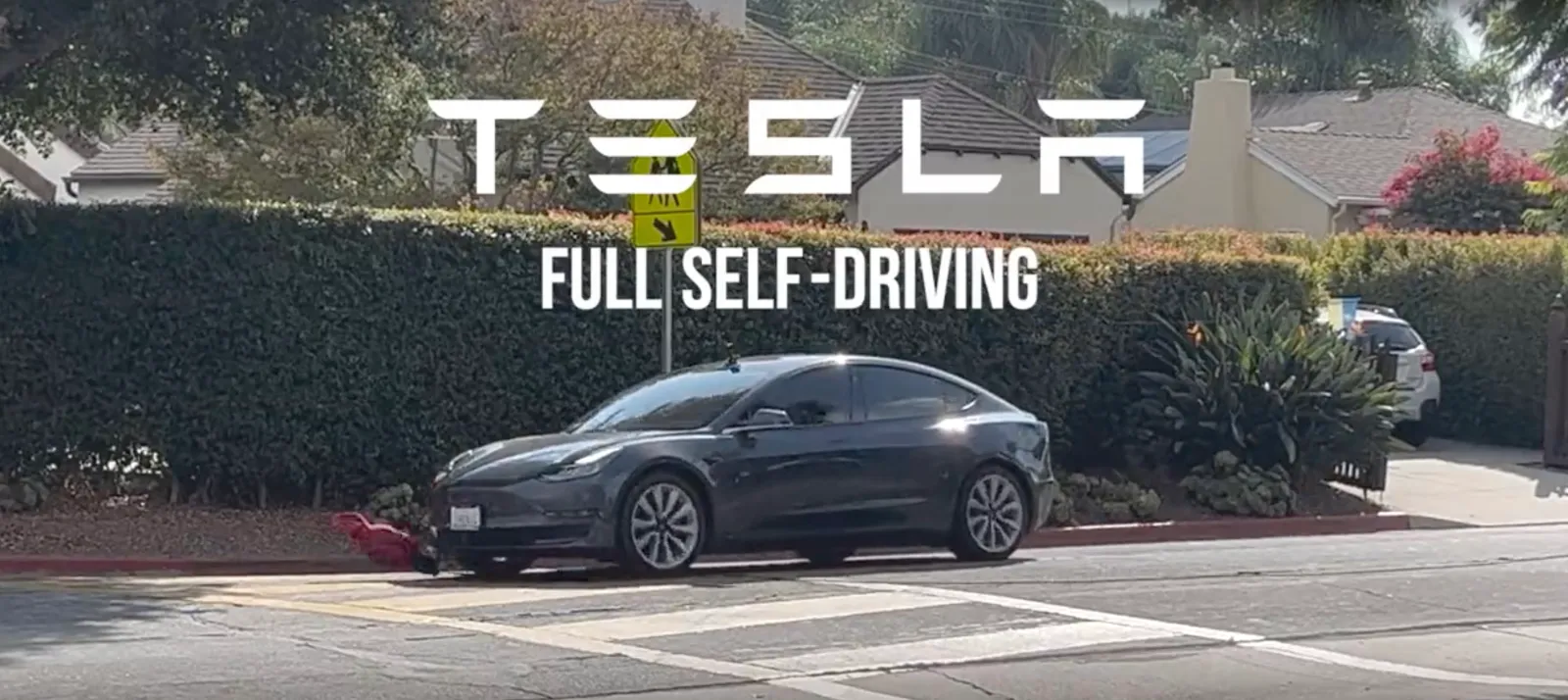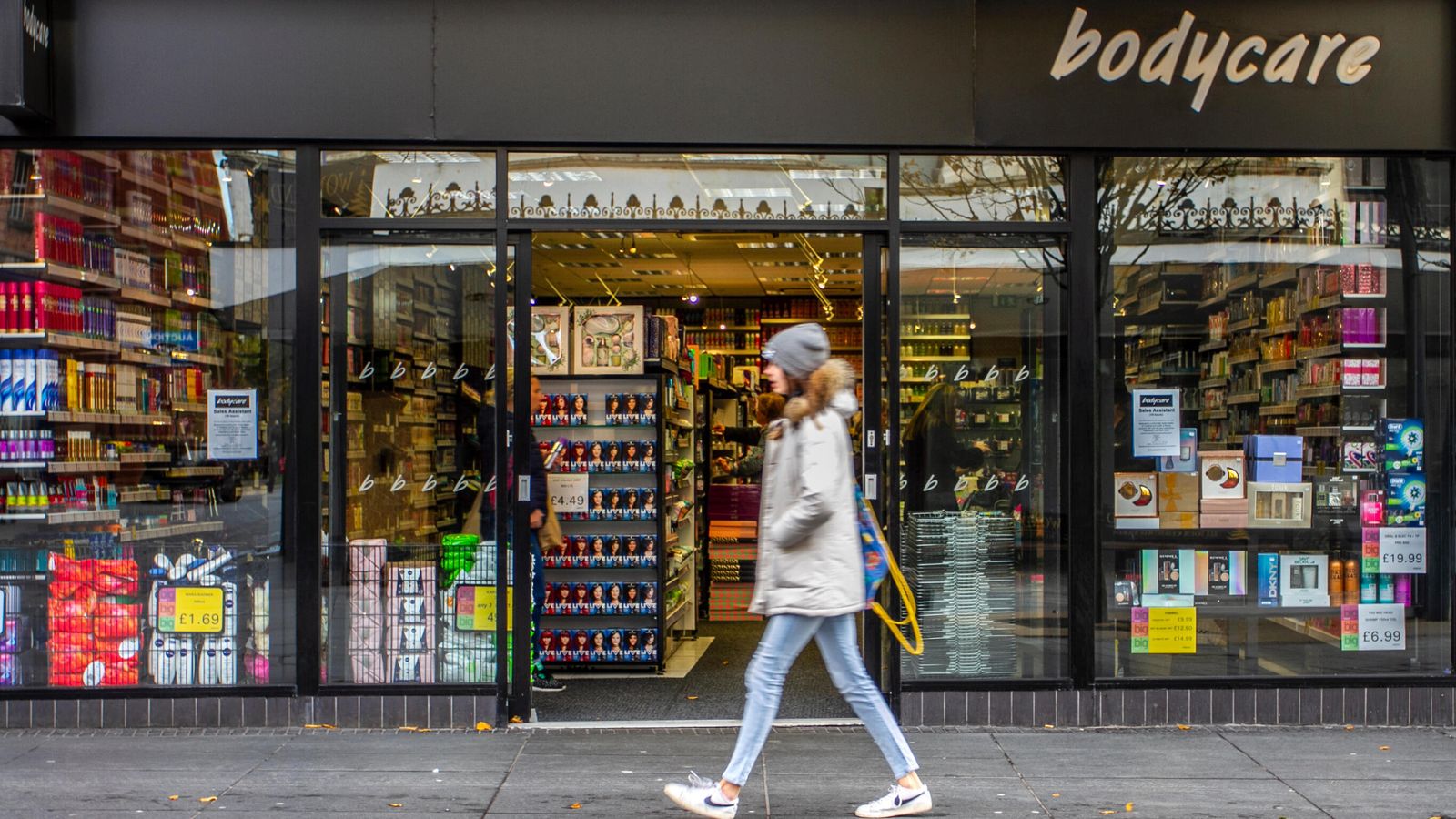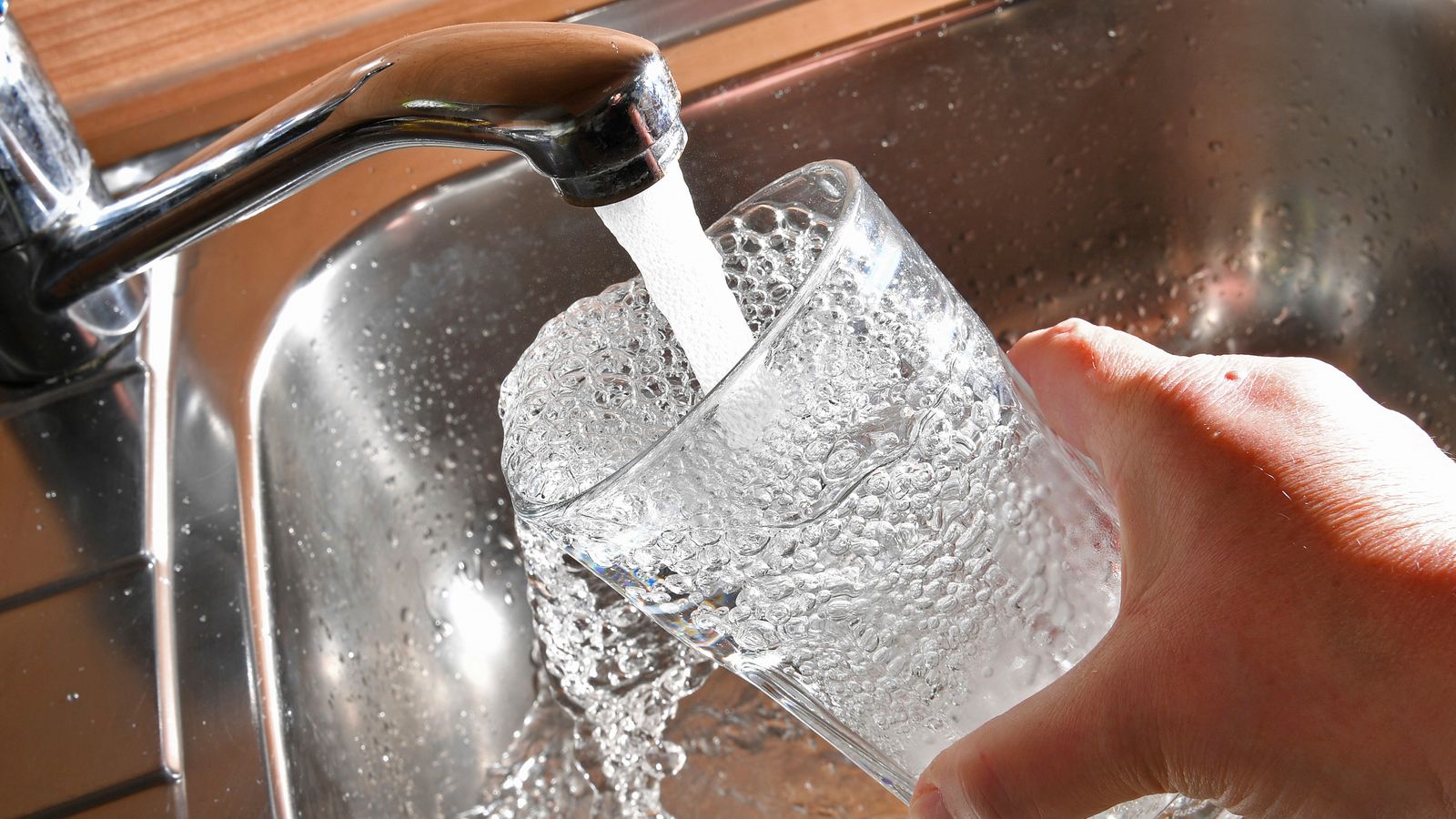
Elon Musk is teasing a new Tesla ‘Full Self-Driving Supervised’ (FSD) update with “10x improvements”, but historical performance compared to Musk’s announcements suggests that it’s safer to manage your expectations.
In a new X post last night, Musk is teasing an upcoming new FSD update that will include a “10x increase in parameters”:
Tesla is training a new FSD model with ~10X params and a big improvement to video compression loss. Probably ready for public release end of next month if testing goes well.
This is the second time that Musk is teasing an update to Tesla’s Full Self-Driving program this year.
The version of FSD in consumer vehicles hasn’t improved all year, as Tesla has focused its efforts on its ‘Robotaxi’ service in Austin.
After launching FSD v13 on HW4 vehicles late last year, the system has not shown meaningful improvement based on crowdsourced community data.
In fact, it appears to be deteriorating.
With 16,000 miles on the first 5 point updates on FSD v13, people were traveling on average 510 miles between critical disengagements (left), and now with the last 4 point updates, people are traveling 431 miles between critical disengagements (right):


Although the discrepancy could also be explained simply by the latest data being more accurate with more mileage.
Now, Tesla shareholders are hoping that the lag in improvement will be mitigated by Tesla using what it has learned through its deployment of its supervised robotaxi service in Austin to release a significantly improved FSD update.
In June, Musk first teased this update, and at the time, he said that it would include a “4x increase in parameters” and would come “in the next few months.”
Now, he seems to bonify the increase in parameters to “10x” and adjusts the timeline to the end of September.
However, before getting excited, it’s important to remember the last time Musk promised an increase in performance through an increase in parameters.
The CEO said that FSD v12.5 on HW4 was a “5x increase in parameters” and that was quite disappointing.
FSD v12.5 on HW4 (left) only brought a 22% increase in miles between critical disengagement compared to v12.3 (right):


In fact, the miles between critical disengagements plummeted with other v12.5 point updates, and it ultimately ended at 184 miles between critical disengagements, significantly below v12.3:

Therefore, it’s hard to get too excited about a new “10 increase in parameters” when that’s what happened the last time Musk called for it.
Electrek’s Take
Let’s be optimistic here and assume a 2x improvement in miles between critical disengagements from now on.
FSD on HW4 would still only be at about 900 miles between critical disengagements, which is nowhere near where you need to be for an unsupervised self-driving system.
At this improvement rate, Tesla would still need 5-10 years to get close to an unsupervised driving system and that’s while it is reaching the limits of its HW4 system. It’s becoming fairly clear that HW4 is going the way of HW3: obsolescence.
Tesla FSD would be impressive if it were sold as what it is: a level 3 driver assistance system. It’s best out there.
But it needs to be compared against what it is sold as: a self-driving system that will enable unsupervised autonomy.
In comparison to that, it’s terrible.
FTC: We use income earning auto affiliate links. More.













